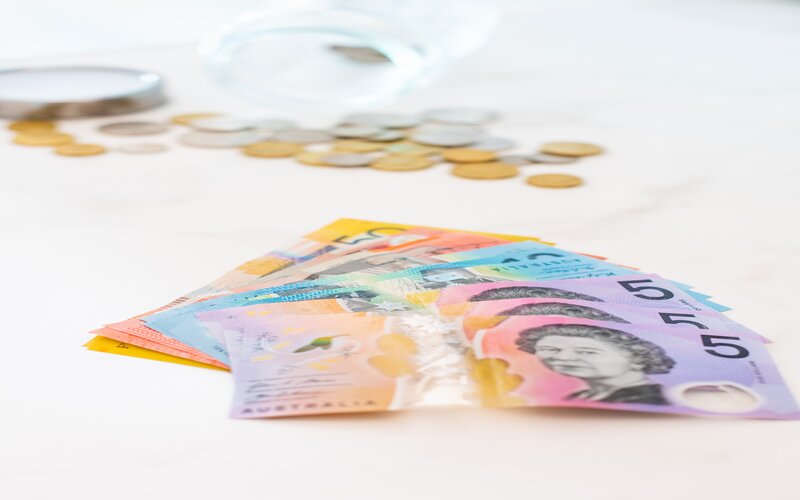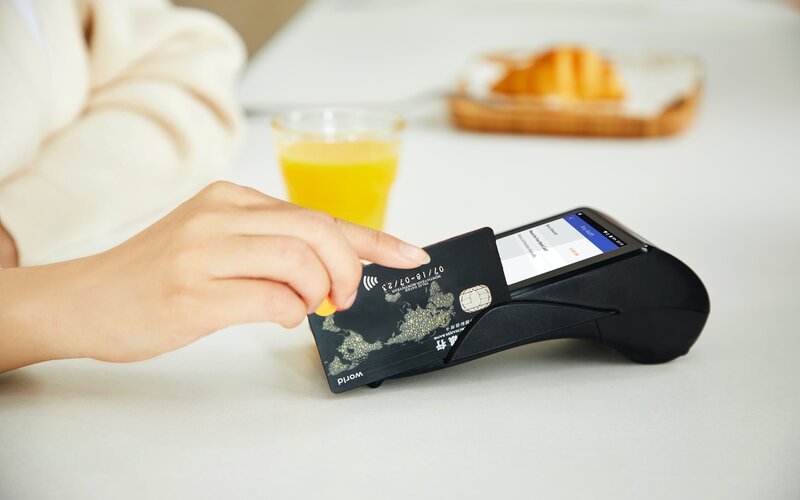Many anticipated that 2022, as the coronavirus transitioned from pandemic to endemic, would be a year of economic recovery as the majority of Australia and the world opened up again.
However, as AMP's Chief Economist Shane Oliver puts it, this year was instead "dominated by high inflation, rising interest rates, the war in Ukraine and recession fears".
Inflation
Inflation was the main headline as living costs surged domestically and globally.
While the worst of the pandemic seems to be in the past in terms of lockdowns and the death rate, the aftermath continued to affect supply chains.
Dr Oliver said that inflation, which is the highest in decades, "largely reflect[ed] pandemic related distortions to supply and reopening, [with] a stimulus driven surge in demand".
On top of this, Australians also had to contend with the devastating floods early in the year, further disrupting supply chains across the country and driving up prices.
The other major factor driving inflation was the war in Europe, which dramatically impacted the price of key commodities.
When Ukraine - one of the world's leading grain producers - was invaded, food prices around the world soared due to scarcity of supply.
The global community's response, imposing sanctions on Russian exports, also saw fuel prices hit record highs, although the September quarter saw the first drop since peak pandemic.
While wages growth has picked up, when inflation is taken into account, real wages growth is at its worst point in more than a decade.
Cash rate hikes
The RBA, in their efforts to combat this inflation, has continually risen the cash rate since April.
RBA Governor Dr Philip Lowe has continually said that combating inflation is the RBA's top priority, and the rate increases are designed to take demand out of the economy to bring inflation down to acceptable levels.
He has warned that a recession is almost certain if the current level of inflation continues.
At the most recent December RBA meeting, Dr Lowe announced the most recent cash rate hike, a 25 basis point increase to 3.10%.
This was a policy reflected around the world, as AMP's Dr Oliver pointed out.
"Central banks moved to aggressively withdraw monetary stimulus and raised interest rates at the fastest pace seen in decades to deal with inflation and rising inflation expectations," Dr Oliver said.
An upside of cash rate hikes however is deposit rates are sharply increasing.
The property market
Inevitably, the increase in interest rates saw a decrease in house prices.
"Home prices fell sharply, reflecting poor affordability after a boom and particularly as mortgage rates rose, reducing buyer capacity," Dr Oliver commented.
The 6.9% drop in prices from April to November was the biggest seven month decline Australia has seen since 1980.
Capital cities, particularly Sydney and Melbourne, saw the biggest drop, although the pace of decline has slowed in recent months.
The outlook for investors
This economic turbulence has also seen the share market take a hit.
Global shares were down 23% in October.
Dr Oliver highlighted the share performance in the two biggest economies as the main contributor to this.
"Chinese shares led the weakness, not helped by its zero Covid policy, followed by Asian shares, given their exposure to China and cyclical sensitivity," he said.
"US shares also underperformed reflecting its high-tech exposure and aggressive Fed tightening."
Dr Oliver said that Australian shares actually overperformed, with strong domestic commodity prices and a relatively less aggressive central bank.
However, he also said that government bond prices recorded their worse year since 1973 as yields surged on high inflation and rate hikes.
Consumer confidence
The Westpac-Melbourne Institute's monthly consumer confidence index was down in the doldrums for much of 2022.
Despite there being no official recession, consumer confidence was at recession-like levels.
The most recent data showed a slight recovery, however, as households expect cash rate rises and inflation to slow.
Consumer spending
Despite all the doom and gloom, consumer retail spending was at record levels for much of 2022, and has only recently slowed.
When compared with the lockdown-affected months of 2021, double-digit percentage growth was common in 2022.
Propertyology's Simon Pressley said this defies the rhetoric of much economic commentary.
"If cash rate rises are having an impact on finances, we would see sharp rising home loan arrears - they're at record lows," Mr Pressley told the Savings Tip Jar Podcast in November.
"We would see a huge reduction in retail spending - that's accelerating. And it's not only accelerating on the discretionary stuff.
"Give me a bloody spell. You can't book a spot in a restaurant, your high end clothing outlets and hotels - they're choc-a-block. They're screaming for staff demand, their service is through the roof. It's not finances that are a problem. It's people's heads."
This is reflected in credit card data, which shows spending is up, yet debt is relatively flat.
Picture by Melissa Walker Horne on Unsplash



 Denise Raward
Denise Raward
 Harry O'Sullivan
Harry O'Sullivan

 Rachel Horan
Rachel Horan


